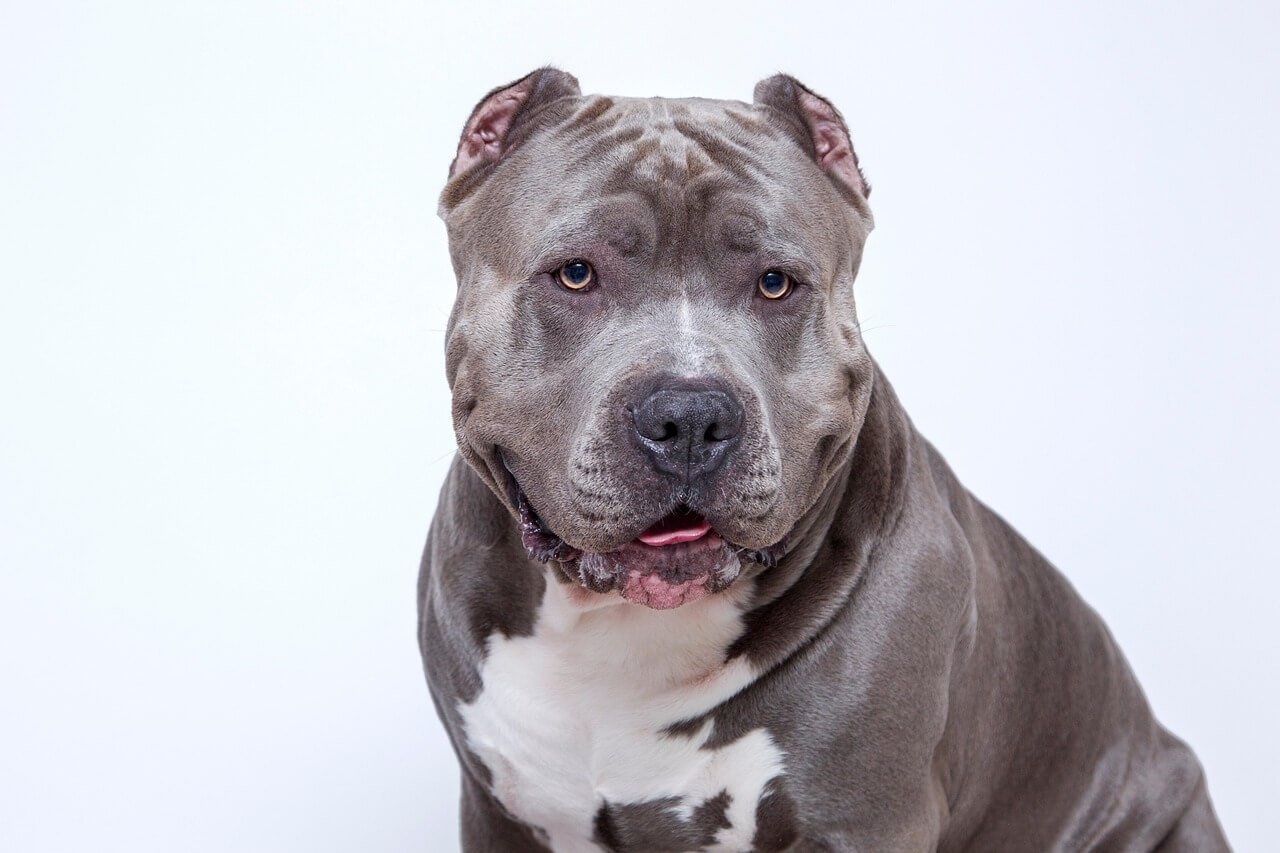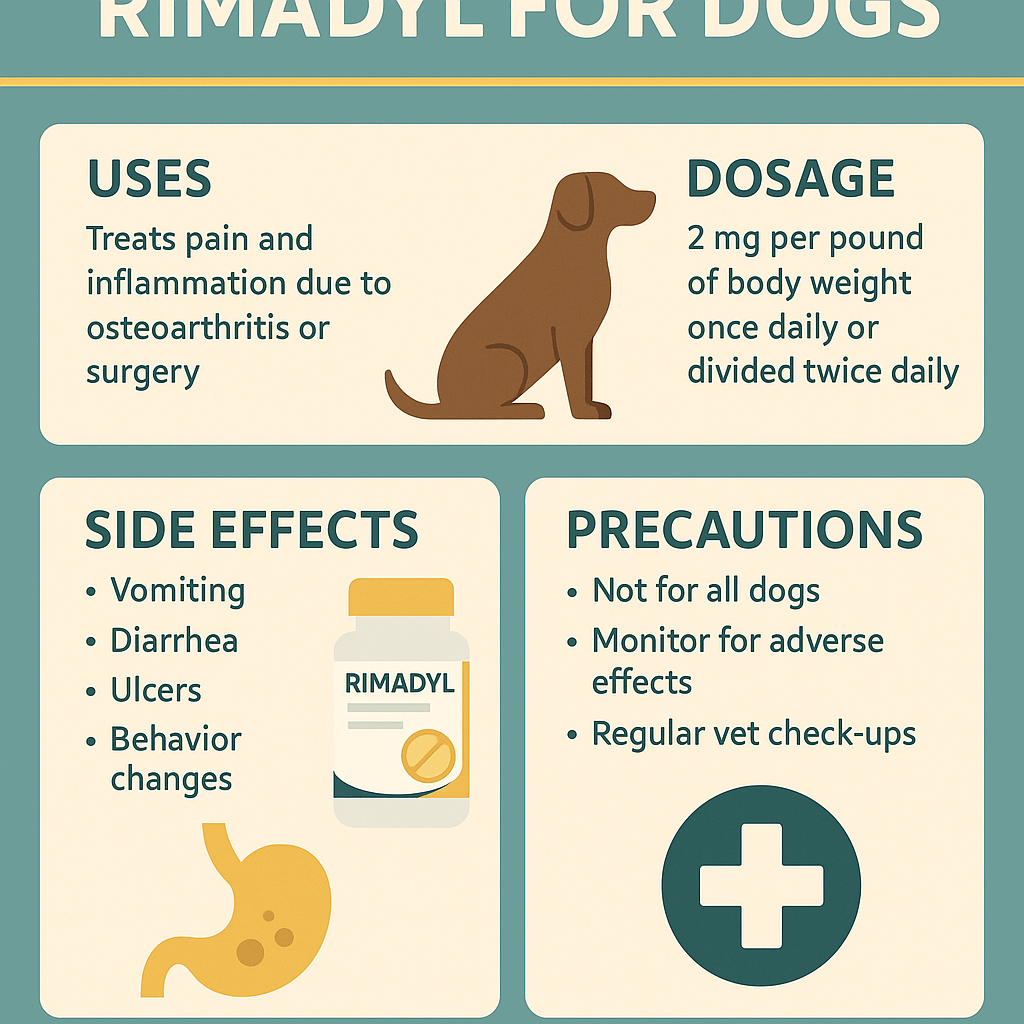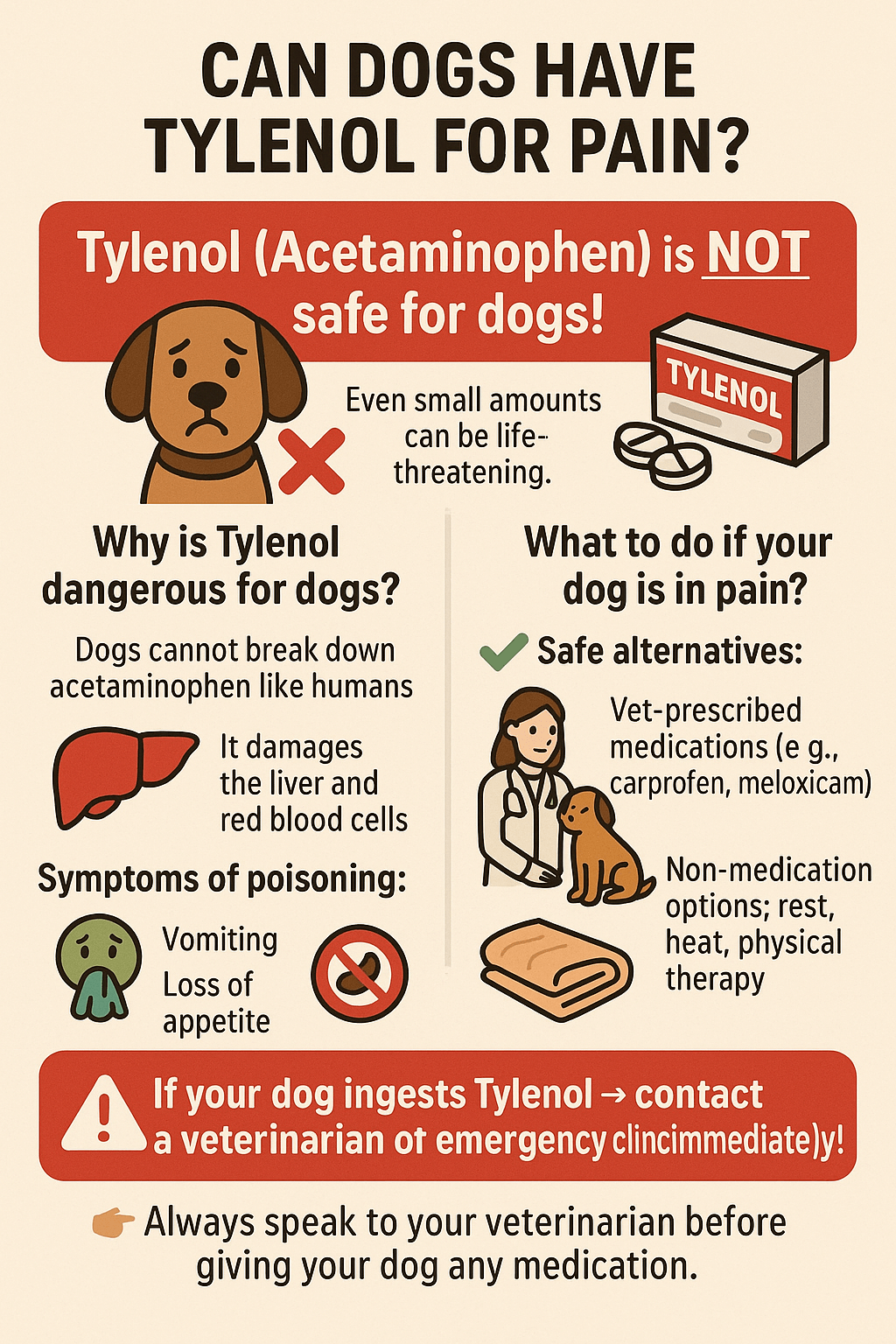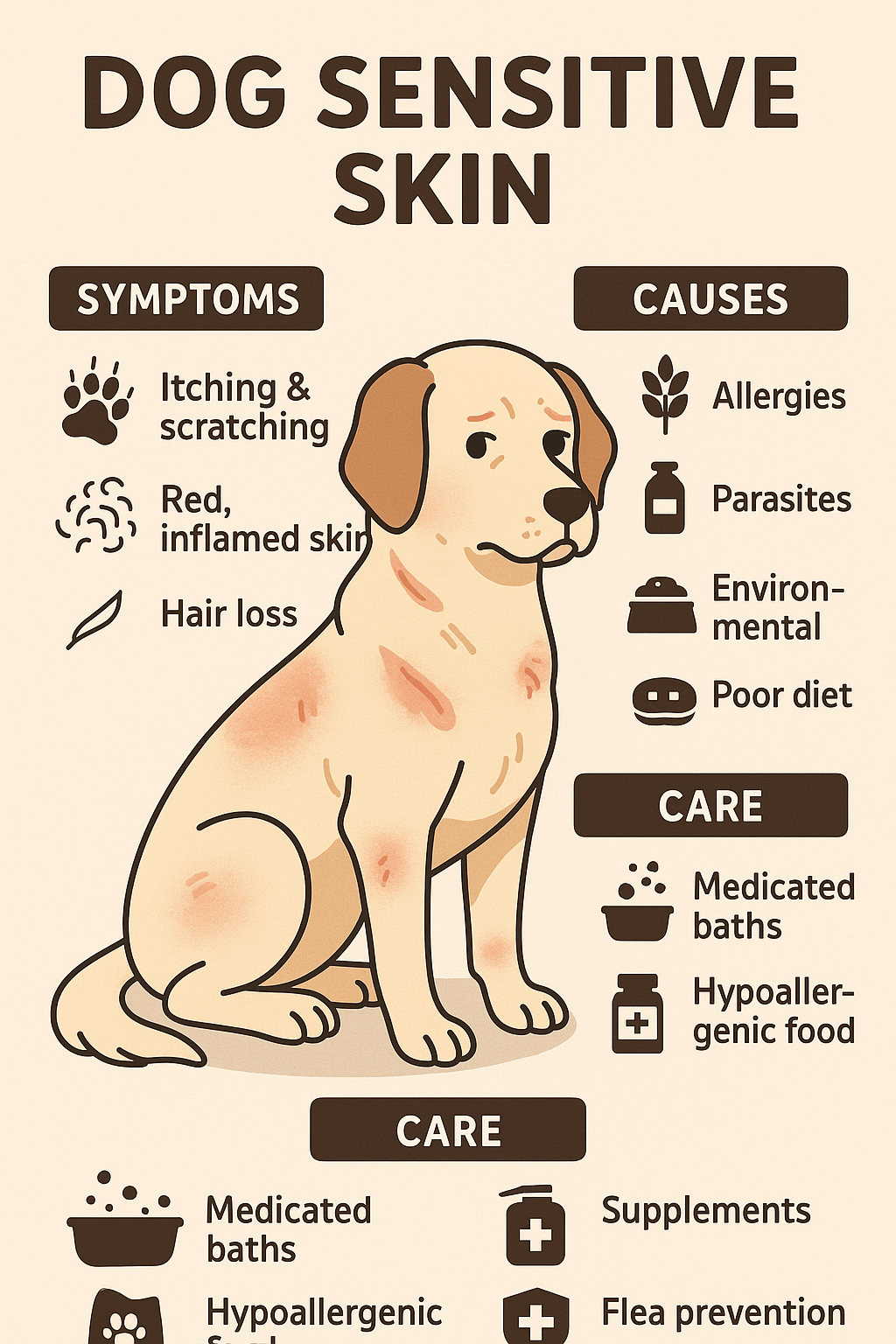Salt Burns on Dog Paws: What You Need to Know
Winter walks can be magical, but they often come with a hidden danger for our furry friends: salt burns on dog paws. Rock salt and de-icing chemicals are commonly used to melt snow and ice on sidewalks and roads, but these substances can irritate or even burn your dog’s sensitive paw pads. If left untreated, salt burns can lead to discomfort, pain, and potential infections. As a responsible pet owner, it’s crucial to understand how to prevent, identify, and treat salt burns on your dog’s paws. In this blog post, we’ll explore everything you need to know about protecting your pup’s paws during the colder months and ensuring their comfort year-round.
Signs Your Dog May Have Salt Burns on Their Paws
Recognizing the symptoms of salt burns early is key to preventing further irritation or complications. Here are some common signs that your dog may be experiencing discomfort from salt exposure:
Limping or Lifting Paws: Your dog may avoid putting weight on their paws if they’re irritated or burned.
Excessive Licking or Chewing: Dogs often lick or chew their paws to soothe irritation caused by salt burns.
Redness or Swelling: Inflamed paw pads are a clear indication of irritation or injury.
Cracking or Peeling Skin: Salt can dry out paw pads, leading to cracks or peeling over time.
Whining or Vocalizing Pain: If your dog seems unusually vocal while walking, it could signal discomfort in their paws.
If you notice any of these signs after a walk in icy or snowy conditions, it’s important to act quickly to address the issue and provide relief.
How to Prevent Salt Burns on Dog Paws
Prevention is always better than treatment when it comes to salt burns on dog paws. Taking proactive steps can help keep your dog’s paws healthy and pain-free during winter. Here’s what you can do:
Use Protective Booties: Paw booties shield your dog’s paws from direct contact with salt and ice.
Wipe Paws After Walks: Use a damp cloth to clean your dog’s paws immediately after outdoor activities.
Apply Paw Balm: A protective balm creates a barrier between your dog’s paws and harmful substances.
Stick to Salt-Free Paths: Whenever possible, walk your dog on untreated surfaces like grass or dirt.
Inspect Paws Regularly: Check your dog’s paws daily for signs of irritation, cuts, or dryness.
By incorporating these preventive measures into your routine, you can significantly reduce the risk of salt burns and ensure your dog stays comfortable during winter walks.
Check this guide 👉Burned Dog Paws: Best 7 Health Tips!
Check this guide 👉How Long to Soak Your Dogs Paws in Epsom Salt: Best 7 Tips!
Check this guide 👉Smelly Dog Paws: Best 7 Health Tips!
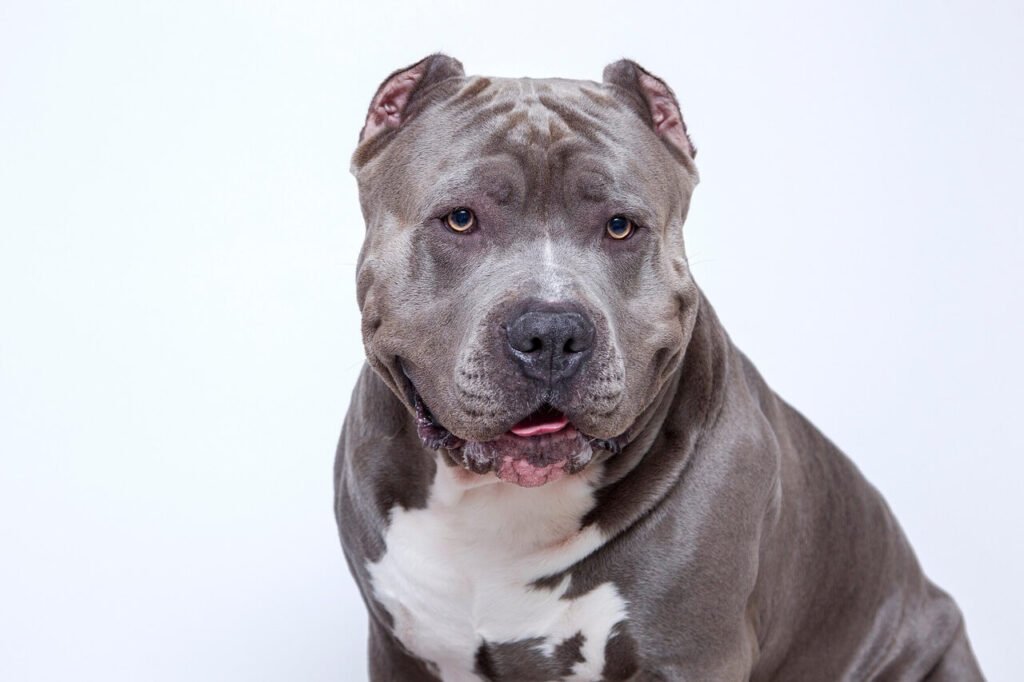
Preventive Measures for Salt Burns | Treatment Options for Salt Burns |
|---|---|
Use protective paw booties | Soak paws in warm water to remove salt |
Wipe paws after walks | Apply a soothing paw balm or ointment |
Apply protective paw balm | Use vet-recommended antiseptic wash |
Stick to untreated paths | Monitor for signs of infection |
Inspect paws regularly | Consult a vet for severe cases |
How to Treat Salt Burns on Dog Paws
If your dog develops salt burns, prompt treatment can alleviate discomfort and promote healing. Here’s a step-by-step guide to treating irritated paws:
Soak Paws in Warm Water: Mix lukewarm water with a small amount of dog-safe soap to gently cleanse and soothe irritated paws.
Dry Thoroughly: Pat your dog’s paws dry with a soft towel to prevent further irritation.
Apply a Healing Ointment: Use a veterinarian-recommended paw balm or ointment to moisturize and protect cracked skin.
Trim Excess Fur Around Paws: Keeping fur trimmed reduces the risk of salt clinging to your dog’s paws.
Monitor for Infection: Watch for signs like pus, excessive swelling, or foul odors, and consult your vet if needed.
With proper care, most mild salt burns will heal quickly, allowing your dog to return to their happy, active self.
Alternative Winter Care Tips for Dog Paws
In addition to preventing and treating salt burns, there are other ways to care for your dog’s paws during the winter months. These tips can enhance their comfort and safety year-round:
Keep Nails Trimmed: Long nails can exacerbate paw irritation and make walking uncomfortable.
Use a Humidifier Indoors: Dry indoor air can dry out paw pads, so a humidifier helps maintain moisture.
Avoid Prolonged Exposure to Cold: Limit outdoor time in extreme weather to prevent frostbite or dehydration of paw pads.
Check for Ice Balls: Snow can clump between your dog’s toes, causing discomfort; remove it carefully.
Provide Comfortable Resting Areas: Soft bedding ensures your dog’s paws get a break from hard surfaces.
These additional measures complement your efforts to protect your dog’s paws and keep them healthy throughout the season.
How to Know If Your Dog’s Paw Burns Are Improving
After treating salt burns, it’s important to monitor your dog’s paws for signs of healing. Recognizing these positive changes can reassure you that your care routine is working. Here’s what to look for:
Reduced Redness: The inflammation on your dog’s paw pads should gradually decrease as they heal.
Less Licking or Chewing: A decline in excessive paw licking indicates reduced irritation and discomfort.
Softening of Cracks: Deep cracks or peeling skin will start to soften and close as the paws recover.
Improved Mobility: Your dog should begin walking more comfortably without limping or favoring certain paws.
No Signs of Infection: Absence of swelling, pus, or foul odors suggests the healing process is on track.
By observing these signs, you can ensure your dog’s paws are healing properly. If no improvement occurs, consult your veterinarian for further guidance.
What Not to Do When Dealing with Salt Burns
While caring for your dog’s paws, there are a few common mistakes that can worsen salt burns or delay healing. Avoiding these pitfalls ensures your dog recovers quickly and comfortably. Here’s what to steer clear of:
Using Hot Water to Clean Paws: Hot water can irritate sensitive skin; always use lukewarm water instead.
Ignoring Early Signs of Irritation: Delaying treatment can lead to more severe burns or infections.
Skipping Paw Inspections: Failing to check paws regularly may result in unnoticed injuries or worsening conditions.
Applying Human Products: Ingredients like alcohol or fragrances in human skincare products can harm dogs.
Overusing Booties Without Breaks: Prolonged bootie use can trap moisture and cause additional irritation.
By avoiding these mistakes, you can provide the best possible care for your dog’s paws and prevent complications.
How to Protect Your Dog’s Paws Year-Round
While salt burns are a winter-specific concern, paw care is essential throughout the year. Different seasons bring unique challenges, so adapting your routine ensures your dog’s paws stay healthy all year long. Here’s how to care for their paws seasonally:
Spring: Watch for allergens like pollen that can irritate paws; wipe them down after outdoor play.
Summer: Avoid hot pavement that can burn paw pads; walk during cooler times of the day.
Fall: Remove debris like leaves or thorns stuck between toes to prevent cuts or infections.
Winter: Focus on preventing salt burns and moisturizing dry, cracked paws caused by cold air.
Year-Round: Regularly trim fur around paws and inspect for cuts, ticks, or foreign objects.
By tailoring your paw care routine to the season, you can address potential issues before they become serious problems. Consistent care keeps your dog’s paws healthy and ready for adventure, no matter the weather.
Frequently Asked Questions About Salt Burns on Dog Paws
What causes salt burns on dog paws?
Rock salt and de-icing chemicals can irritate or dry out a dog’s paw pads, leading to redness, cracking, or discomfort.
Can I use human lotions on my dog’s paws?
No, human lotions may contain ingredients that are harmful to dogs; always use pet-safe products.
How often should I check my dog’s paws in winter?
Inspect your dog’s paws daily, especially after walks, to catch issues early.
Are paw booties necessary?
While not mandatory, paw booties offer excellent protection against salt, ice, and cold surfaces.
What should I do if my dog’s paws bleed?
Clean the area with a vet-recommended antiseptic, apply a bandage, and consult your vet for further advice.
Final Thoughts: Keeping Your Dog’s Paws Safe and Healthy
Salt burns on dog paws are a common yet preventable issue during the winter months. By understanding the risks and taking proactive steps, you can protect your dog’s paws from irritation, pain, and potential infections. Whether you choose to use paw booties, apply protective balms, or simply wipe their paws after walks, every small effort contributes to their comfort and well-being. Remember, your dog relies on you to keep them safe, so stay vigilant and prioritize their paw health during the colder seasons. With a little care and attention, you can ensure your furry friend enjoys winter adventures without discomfort.
Rimadyl for Dogs: Best 7 Expert Tips! Discover expert advice on using Rimadyl safely, managing pain, and improving your dog’s mobility with trusted veterinary insights.
Can Dogs Have Tylenol for Pain? Best 7 Expert Tips! Discover the risks, safe alternatives, and expert advice on managing your dog’s pain effectively while avoiding harmful medications.
Understanding Hemophilia in Dogs: Best 7 Expert Tips! Discover expert advice on managing hemophilia, recognizing symptoms, and ensuring your dog’s well-being with practical care strategies.
Understanding Dog Sensitive Skin: Best 7 Expert Tips! Discover expert advice on managing dog sensitive skin, relieving irritation, and improving your pup’s comfort with practical solutions.

